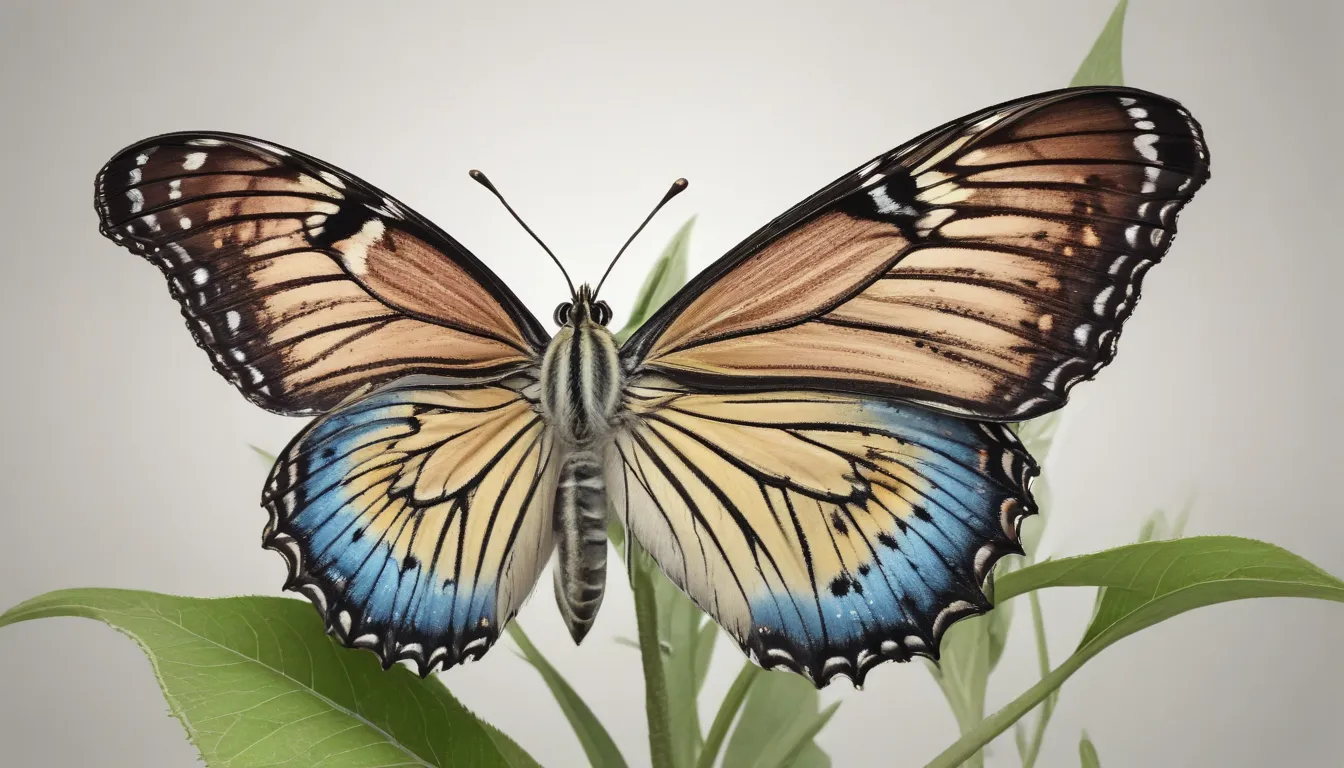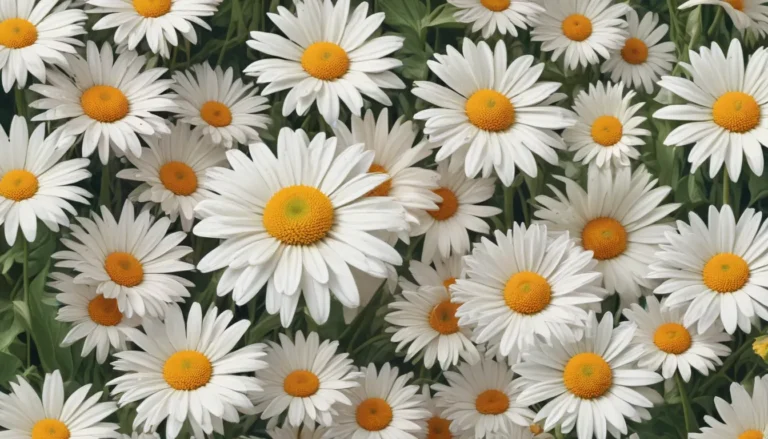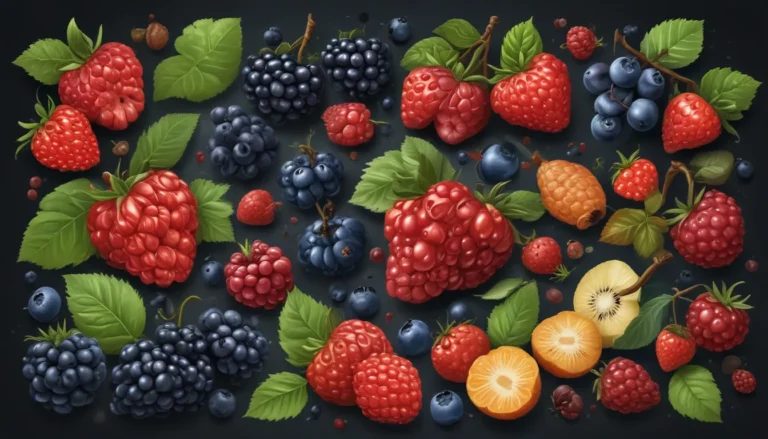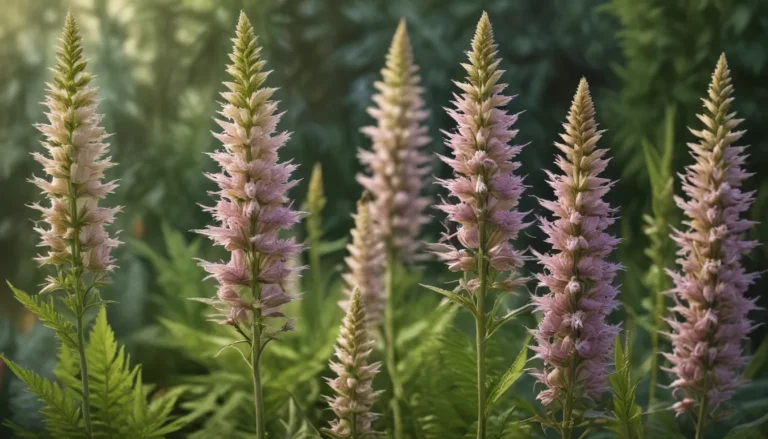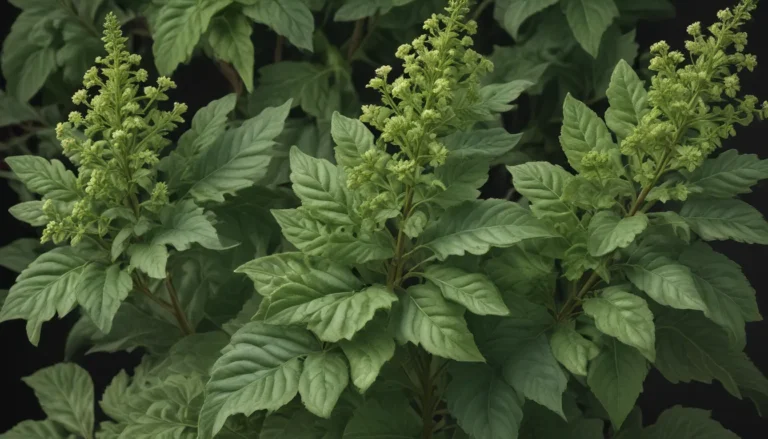The pictures we use in our articles might not show exactly what the words say. We choose these pictures to make you interested in reading more. The pictures work together with the words but don’t take their place. The words still tell you the important facts.
Welcome to the captivating world of milkweed, a plant like no other. Whether you are a nature lover, a botany enthusiast, or simply curious about the wonders of the natural world, milkweed is sure to captivate your interest. In this article, we will unravel 11 unbelievable facts about milkweed that will leave you amazed and astounded. From its crucial role in supporting monarch butterflies to its rich history of medicinal use, milkweed is a true marvel of the botanical realm. So, let's embark on a journey to uncover the hidden secrets of this extraordinary plant.
The Vital Role of Milkweed in Nature
Milkweed, with its fascinating characteristics and unique adaptations, plays a crucial role in supporting ecosystems and biodiversity. Here are some key takeaways that highlight the significance of this remarkable plant:
- Essential for Monarch Butterflies: Milkweed serves as a vital host plant for monarch butterflies, providing a crucial food source for their caterpillars. Without milkweed, monarch populations would face a severe decline.
- Symbol of Hope for Conservation: The unique flowers of milkweed attract pollinators and support biodiversity, making it a symbol of hope for conservation efforts. Planting milkweed helps preserve biodiversity and contribute to the health of our natural world.
- Medicinal Uses and Sustainable Materials: Milkweed has a rich history of medicinal use, with various parts of the plant being utilized to treat ailments. Additionally, its fibers are used to create sustainable materials, making it a versatile and valuable resource.
Unveiling the Mysteries of Milkweed
Let's delve deeper into the astonishing world of milkweed and explore some fascinating facts that showcase the plant's remarkable features:
1. Milkweed as a Vital Host Plant for Monarch Butterflies
One of the most intriguing facts about milkweed is its indispensable role as a host plant for monarch butterflies. Monarchs exclusively lay their eggs on milkweed plants, providing a critical food source for their caterpillars. Without milkweed, the survival of monarch populations would be in jeopardy.
2. Diverse Species of Milkweed
The milkweed family comprises over 100 diverse species, each with its own unique characteristics. These species can be found growing in a variety of habitats, from meadows and prairies to urban areas. Each species of milkweed contributes to the plant's overall significance in nature.
3. Medicinal Properties of Milkweed
For centuries, milkweed has been valued for its medicinal properties. Native American tribes used different parts of the plant to treat respiratory disorders, skin conditions, and other ailments. Today, milkweed extracts are still used in herbal remedies, showcasing the enduring legacy of this plant in traditional medicine.
4. Milky Sap of Milkweed
One of the distinctive features of milkweed is its milky sap, which is released when the plant is injured. This sap contains toxic compounds called cardiac glycosides, serving as a defense mechanism against herbivores. The milky sap is a unique characteristic that sets milkweed apart from other plants.
5. Resilience of Milkweed
Milkweed has evolved to thrive in diverse environments, including challenging conditions such as drought and nutrient-poor soils. Its robust nature and deep root system enable it to withstand harsh weather conditions and compete with other plants for resources. This resilience makes milkweed a valuable asset in ecological restoration projects.
6. Unique Structure of Milkweed Flowers
The flowers of milkweed exhibit a distinct structure, with five petals fused together to form a bell-shaped corolla. These flowers are known for their vibrant colors, ranging from oranges and yellows to whites and pinks. The unique structure of milkweed flowers attracts a wide array of pollinators, contributing to the plant's role in supporting biodiversity.
7. Silky Fibers of Milkweed
The seeds of milkweed are attached to silky fibers called pappus, which facilitate their dispersal by the wind. These fibers have been utilized as a natural substitute for down feathers in pillows and insulation materials. The silky fibers of milkweed showcase the plant's versatility and potential for sustainable materials.
8. Soil Erosion Prevention by Milkweed
With its extensive root system, milkweed plays a crucial role in stabilizing soil and preventing erosion, particularly in areas prone to land degradation. The ability of milkweed to grow in challenging environments makes it an ideal choice for restoring ecosystems and protecting the integrity of the land.
9. Sustainable Fiber Materials from Milkweed
In recent years, there has been a growing interest in utilizing milkweed fibers to create sustainable materials. These fibers have been employed in the development of fabrics, ropes, and bio-composite materials for various applications. The use of milkweed fibers highlights the plant's potential as a renewable resource for innovative and eco-friendly products.
10. Symbol of Hope and Conservation
Due to its association with monarch butterflies and its ecological significance, milkweed has become a symbol of hope in conservation efforts. Planting milkweed is seen as a simple yet powerful way to support monarch populations, preserve biodiversity, and contribute to the conservation of our natural world. The presence of milkweed in ecosystems is a testament to the interconnectedness of all living things and the importance of preserving the delicate balance of nature.
Conclusion: Embracing the Wonders of Milkweed
In conclusion, milkweed stands out as a fascinating and essential plant with a multitude of remarkable qualities. From its role in supporting monarch butterflies to its medicinal uses and sustainable applications, milkweed embodies the beauty and ingenuity of the natural world. By exploring the incredible facts about milkweed, we can gain a deeper appreciation for the intricate web of life that surrounds us and the invaluable contributions of plants to our environment.
As you encounter milkweed in your surroundings, take a moment to marvel at its astonishing qualities and reflect on the vital role it plays in maintaining the health and diversity of ecosystems. Let the wonders of milkweed inspire you to cherish and protect the beauty of nature, fostering a deeper connection with the incredible world of plants.
FAQs: Exploring Further into the World of Milkweed
-
Where can milkweed plants be found?
Milkweed is native to North America and can be found in various habitats such as meadows, prairies, and open woodlands. -
How can I attract butterflies to my garden using milkweed?
Planting native milkweed species is an effective way to attract butterflies, especially monarchs. Choose suitable milkweed species for your region and create a welcoming habitat for butterflies in your garden. -
Is milkweed poisonous to humans?
While milkweed contains toxic substances, they are not harmful to humans unless ingested in large quantities. Handle milkweed with caution, particularly the sap, to avoid skin irritation. -
Can milkweed be grown in containers?
Many milkweed species can be successfully grown in containers, making them suitable for small gardens or balconies. Ensure proper drainage and provide sufficient sunlight and water for the plants to thrive. -
How long does it take for milkweed to grow?
The growth rate of milkweed varies depending on the species and growing conditions. Generally, it can take anywhere from a few weeks to several months for milkweed seeds to germinate and develop into mature plants, showcasing the plant's patience and resilience in the journey to growth.
Enter the enchanting world of milkweed and explore the wonders that this extraordinary plant has to offer. From its intricate relationships with monarch butterflies to its valuable contributions to biodiversity and sustainability, milkweed embodies the essence of nature's beauty and resilience. Embrace the marvels of milkweed and let its remarkable qualities inspire you to appreciate and protect the remarkable tapestry of life that surrounds us.
We hope the information provided has been valuable and enriching for your understanding of milkweed and its extraordinary characteristics. Our commitment to delivering accurate and engaging content reflects our dedication to providing you with trustworthy insights and knowledge. As you continue to explore the wonders of the natural world, we invite you to join us in celebrating the beauty and diversity of plants like milkweed, which hold the key to unlocking endless mysteries and marvels of our environment.
